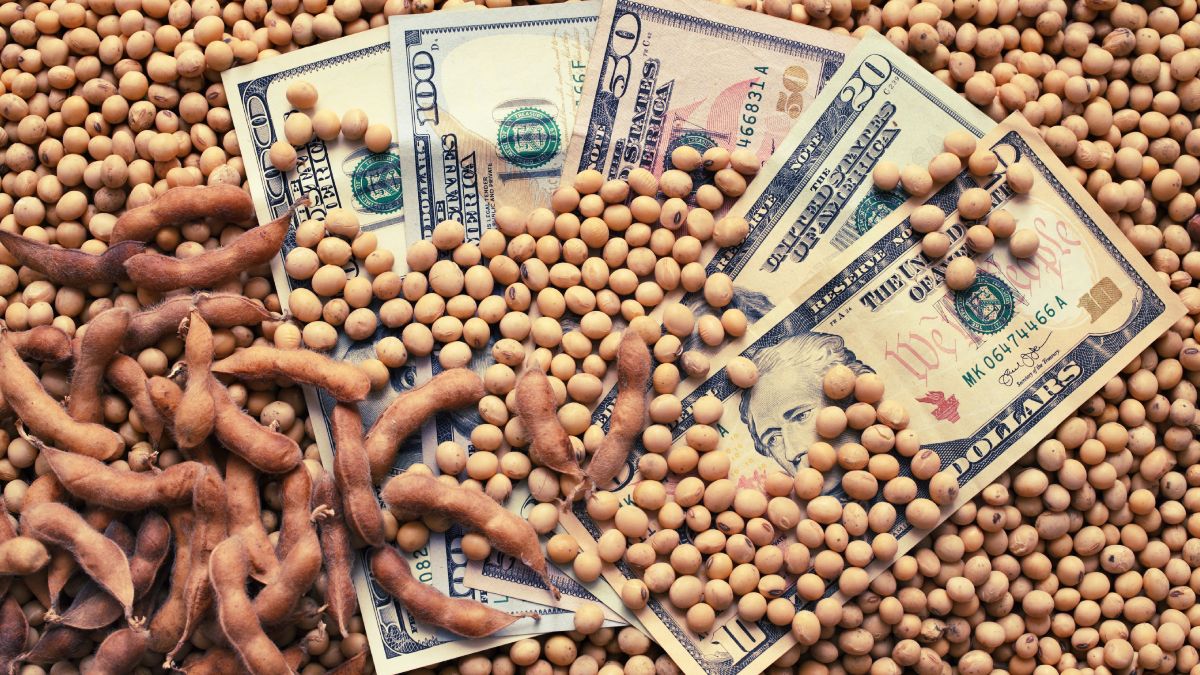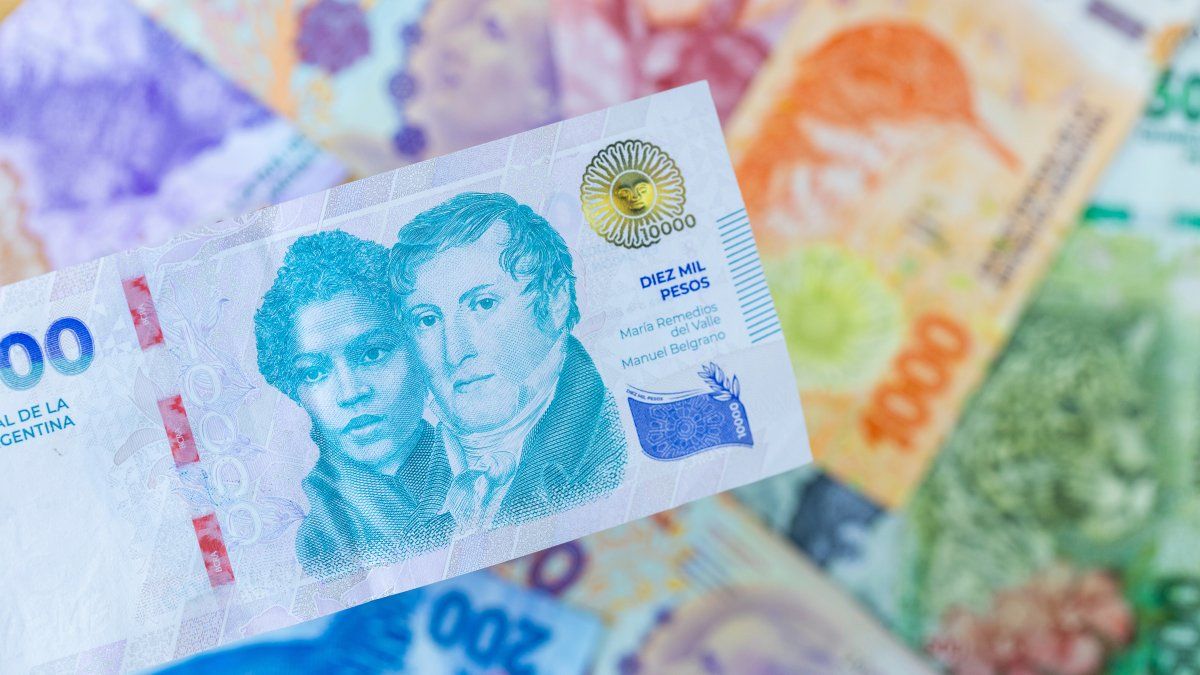Central’s positive streak accumulates 27 wheels. Due to the differential exchange rate, more than US$1.5 billion have already been traded and a similar pace is expected for the remaining days, although only 75% is settled in the MULC.
The dynamics of the Central Bank’s reserves were positioned as one of the main areas of concern for the market this year in the face of the historic drought that affected the country and collapsed the income of foreign currency. Faced with this panorama, the Government promoted a fourth version of the Export Increase Program from the beginning of September to the end of the month, which allowed the performance of the monetary authority to be strengthened in the MULC.
The content you want to access is exclusive to subscribers.
This version of the program has the particularity of giving the exporter the possibility of having 25% of the foreign exchange generated by sales of soybeans and derivatives available. The improvement of the BCRA in the MULC, added to the continuous interventions in the bond market, allowed maintaining relative stability in the prices of financial dollars. However, analysts consulted by Ámbito expect that when this ends, parallel exchange rates will resume the nominal acceleration of the rest of the prices.


Thanks to the 4 soy dollar, the Central managed to buy US$513 million in the MULC so far this month. Likewise, the program allowed him to extend his foreign currency buying streak to 27 consecutive days, which began after the August devaluation, a period in which he managed to add US$1,637 million. This is the longest streak since July 2021. However, despite this dynamic, the monetary authority has not been able to rebuild net international reserves, which according to Aurum Valores estimates are in negative territory for US$4,693 million.
The Economist Federico Glustein highlighted: “The soybean dollar is positive, generating US$1,575 million since its implementation, which allows it to buy foreign currency from the BCRA and, added to the import restrictions, leaves a positive balance regarding the MULC. However, this does not allow it to accumulate reserves as a result of various issues, such as the valuation of currencies and demand, although it does allow it to sustain currency purchases in the MULC for 27 consecutive days.
This good performance allows the monetary authority to acquire more firepower to intervene in financial dollars through the secondary bond market. In this framework, financial dollars go through a relative stability throughout the month. On the one hand, cash with settlement (CCL) fell 4.8%, from $780.54 to the current $743. For his part, the MEP dollar had a slight increase of 2% in the same period, from $670 to $684.
According to the economist Gustavo Ber, BCRA interventions in the bond market are around US$30 million per day. “The stability of financial dollars at this stage is mainly explained by the ‘soy dollar 4’ that ends towards the end of the month, which is why they should resume their readjustments given the accelerated nominal value of the economy, the greater monetary issue, the fall in the demand for money and the usual greater dollarization before the elections,” Ber highlighted.
On the other hand, Glustein pointed out: “The stability of the financiers is due to the intervention of the MEP by the Government and the closing of the import tap. The 4 soybean dollar helps avoid further bond liquidation and issuance as a consequence, but it is not the main factor. Possibly, closer to the end of the program, sales will decline and this gap will be noticeable, above all, due to a drop in activity and demand for foreign currency. “We have to think that the foreign exchange objective will be met, but that alone is not enough to meet the IMF’s objective or to lower the pressure on the exchange market.”
Source: Ambito




